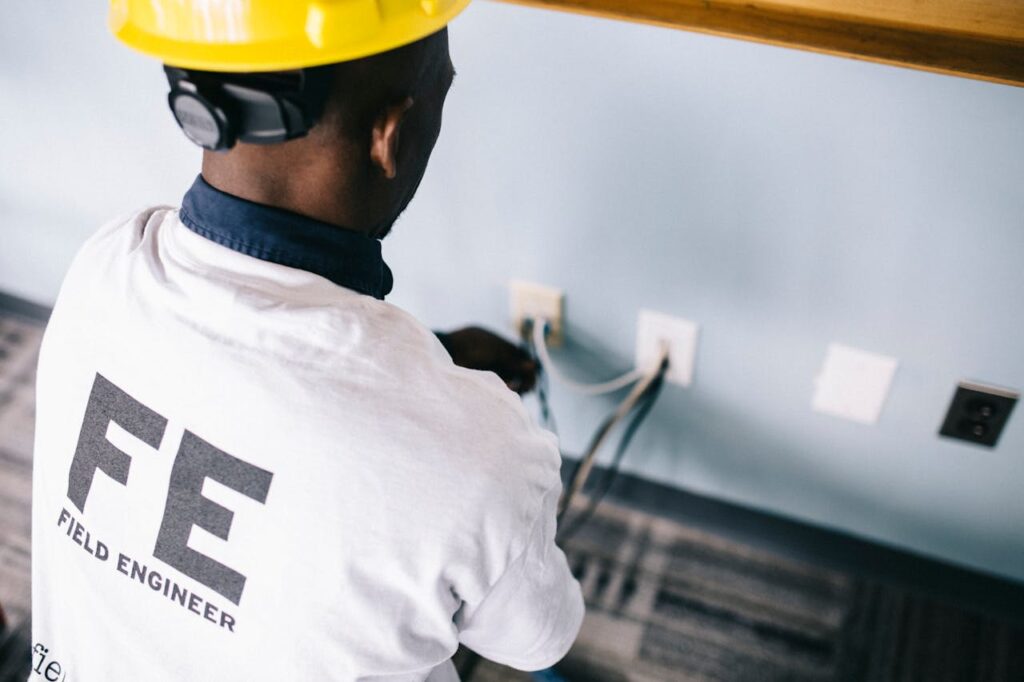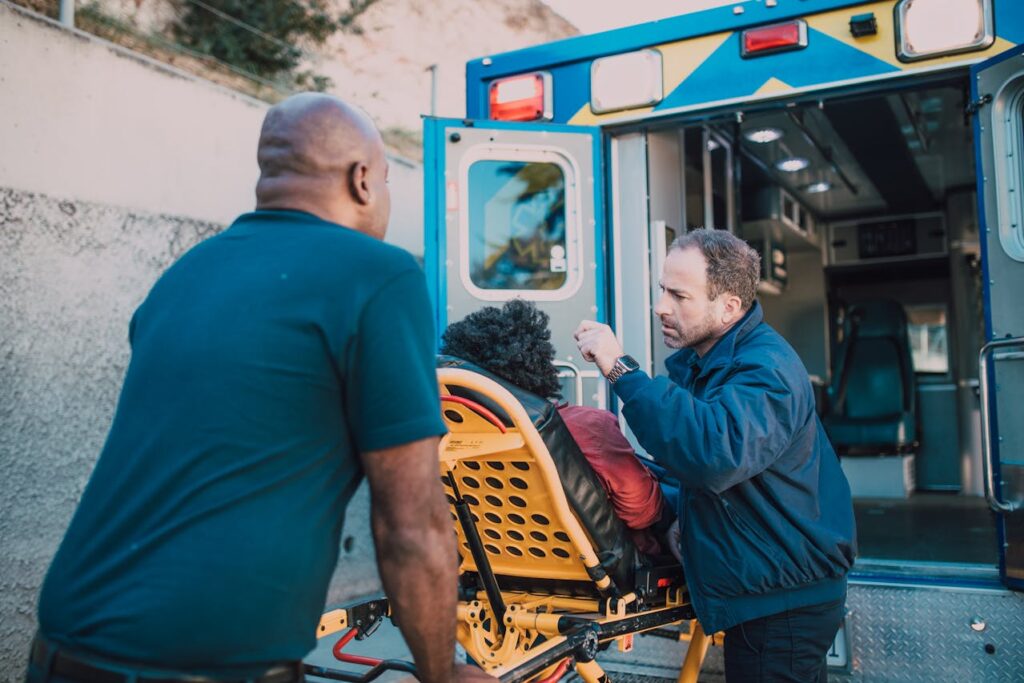The Ultimate Guide to Family First Aid Kits for Minor Injuries
The Ultimate Guide to Family First Aid Kits for Minor Injuries Accidents happen, especially in households with children. While we cannot predict when an injury might occur, we can certainly prepare for it. A well-stocked first aid kit is a household essential, providing peace of mind and the tools needed to address minor injuries promptly. This guide aims to help parents and health enthusiasts understand the importance of having a first aid kit at home, what items it should contain, and how to customize it for family needs. By the end of this post, you’ll be ready to assemble a first aid kit that ensures your family’s safety and well-being. Essential Items for Minor Injuries Every first aid kit should contain a variety of items to handle different types of minor injuries. Here are the essentials: Bandages and Dressings Bandages and dressings are among the most common first aid items. They are used to protect cuts and scrapes from infection and to stop bleeding. Include assorted adhesive bandages, sterile gauze pads, and rolled bandages to cover wounds of different sizes. Antiseptics Antiseptics play a crucial role in cleaning wounds to prevent infection. Items like antiseptic wipes, hydrogen peroxide, and antibiotic ointment should be in your kit. These products help clean wounds and kill bacteria, reducing the risk of infection. Tweezers and Scissors Tweezers are essential for removing splinters, ticks, or debris from wounds. Scissors are useful for cutting tape, gauze, and clothing if necessary. Ensure these tools are sterilized and stored in a clean environment to maintain their effectiveness. Tailoring First Aid Kits for Families Not all families have the same needs when it comes to first aid. Here’s how to customize your kit: Considering Age and Common Injuries Families with young children may need more adhesive bandages and antiseptics for frequent scrapes and cuts. For those with teenagers, consider including items like instant cold packs for sports-related injuries. Tailor the contents based on common injuries your family may encounter. Health Conditions If anyone in your family has specific health conditions, include necessary items like allergy medication, asthma inhalers, or EpiPens. Having these critical items on hand can make a significant difference during an emergency. Personal Preferences Some family members may prefer certain types of bandages or ointments. Including these preferences ensures that everyone feels comfortable using the kit, making it more likely they will use it effectively when needed. The Importance of First Aid Training Knowing how to use the items in your first aid kit is just as important as having them. First aid training equips parents and caregivers with the skills to respond quickly and effectively to emergencies. Emergency Preparedness First aid training teaches you how to handle a variety of situations, from choking to severe bleeding. This knowledge can be lifesaving, especially when professional medical help is not immediately available. Building Confidence Training builds confidence in your ability to manage minor injuries and emergencies. This confidence can reduce panic and ensure that help is given promptly and correctly. Community Resources Many communities offer first aid courses through organizations like the Red Cross. Enrolling in these courses is a great way to learn and stay updated on first aid practices. Where to Keep First Aid Kits The location of your first aid kit is crucial for quick access during emergencies. Here are some tips on where to store them: In the Home Keep at least one first aid kit in a central location, such as the kitchen or bathroom. These areas are often where accidents occur. Make sure the kit is easily accessible but out of reach of young children. In the Car Having a first aid kit in your car ensures that you are prepared for emergencies while on the go. Store it in the glove compartment or trunk for easy access during road trips or daily commutes. While Traveling When traveling, pack a smaller, portable first aid kit. This kit should include the basics like adhesive bandages, antiseptic wipes, and pain relievers. Having a travel kit ensures that you’re prepared for minor injuries no matter where you are. Conclusion A well-stocked and accessible first aid kit is an essential component of any household, especially for families with children. By including the right items and tailoring the kit to your family’s specific needs, you can ensure that you are prepared for minor injuries and emergencies. Remember, first aid training is equally important, as it equips you with the skills to use your kit effectively. Take a moment today to review and update your first aid kit. Doing so ensures that you are prepared to handle life’s little accidents with confidence and care. For more tips and personalized advice, consider booking a session with one of our safety experts. Your family’s health and safety are worth it.





